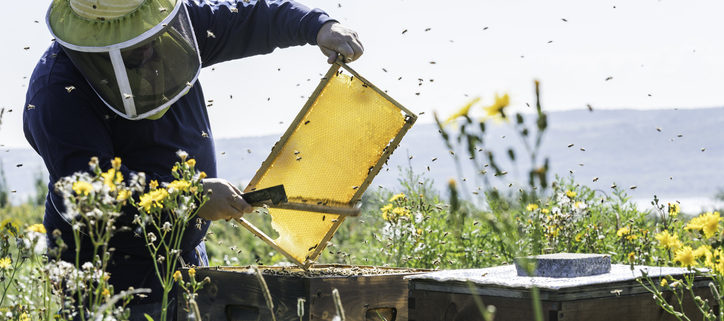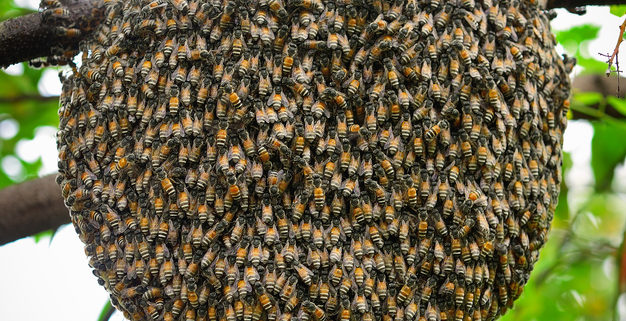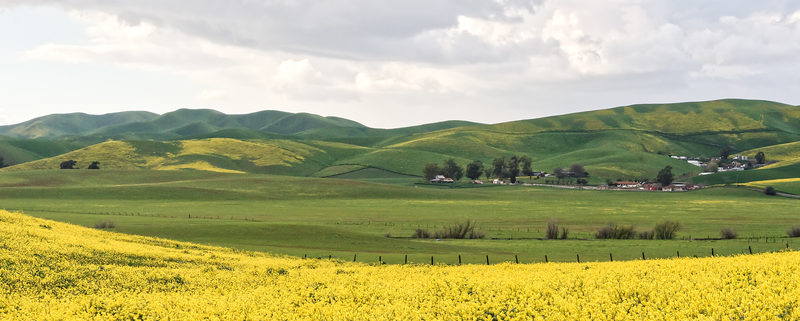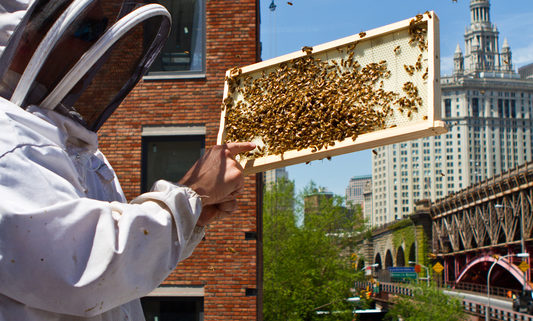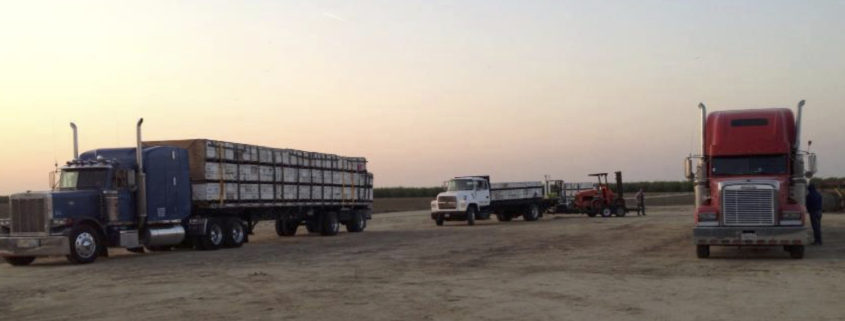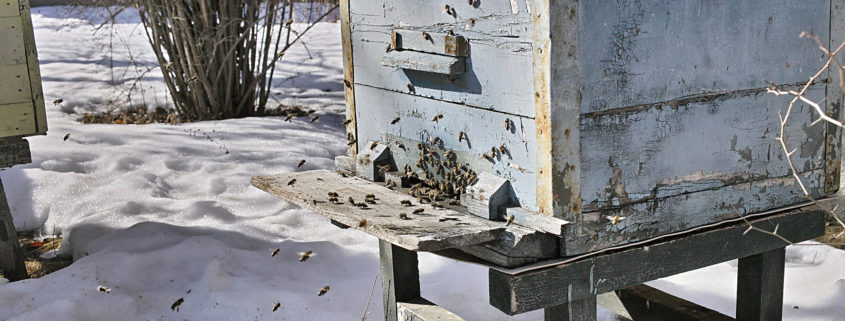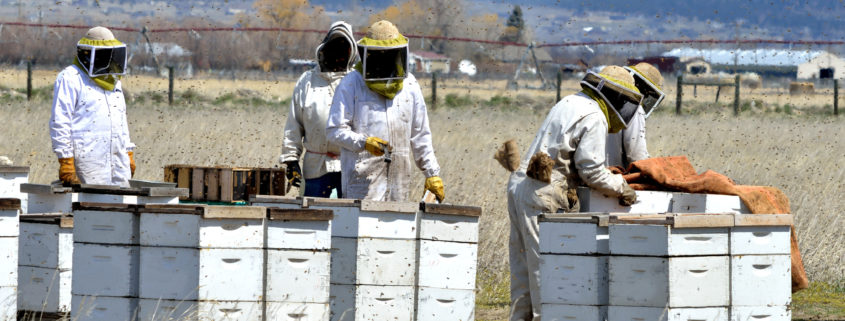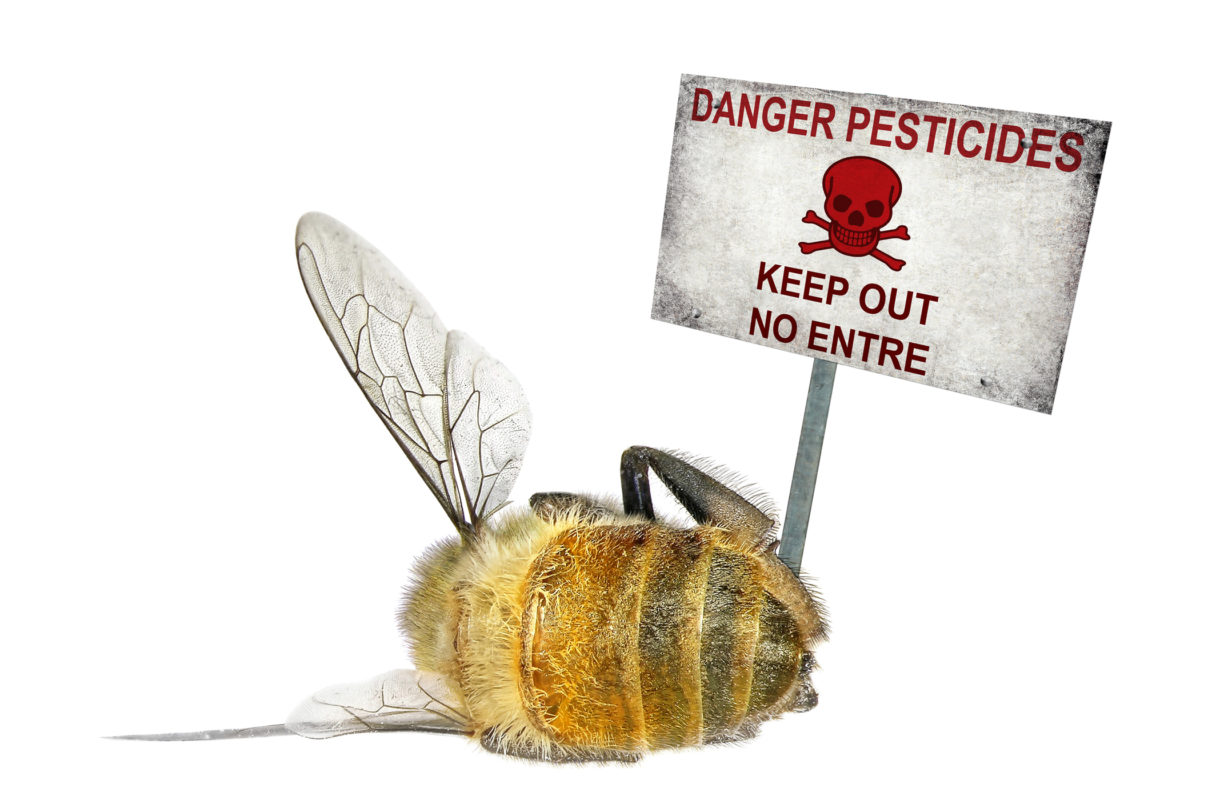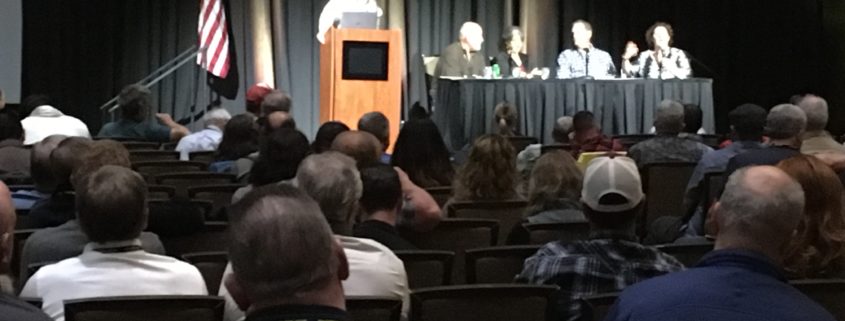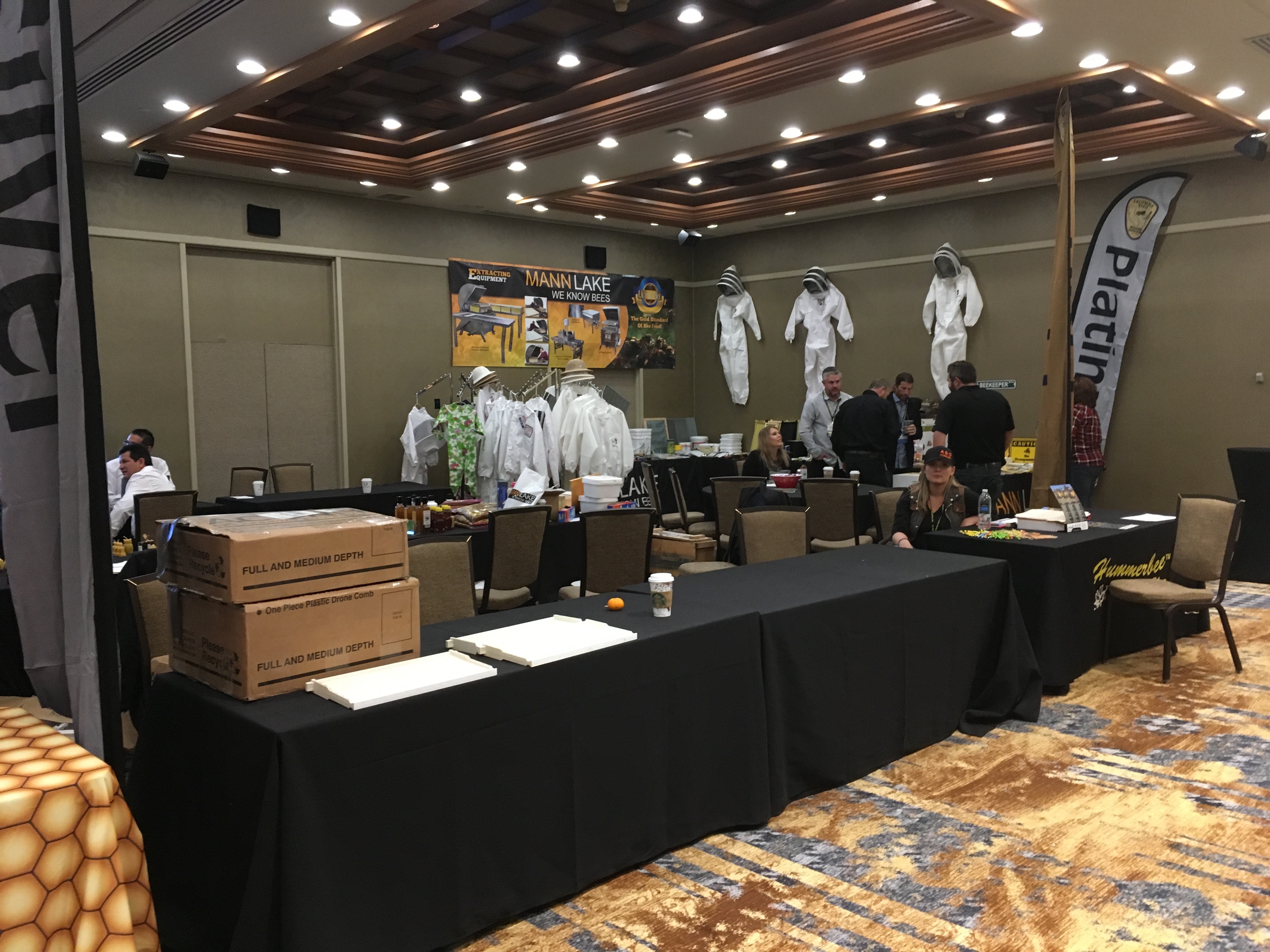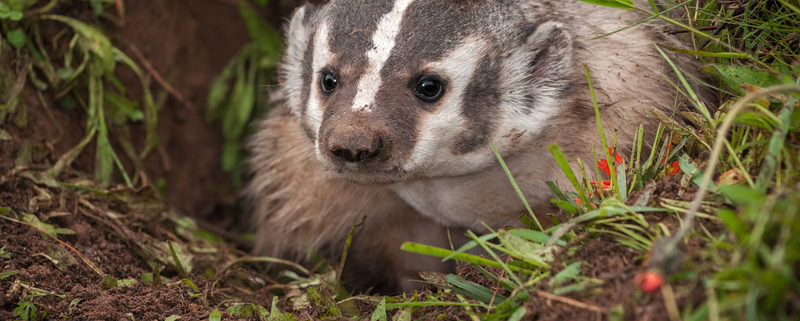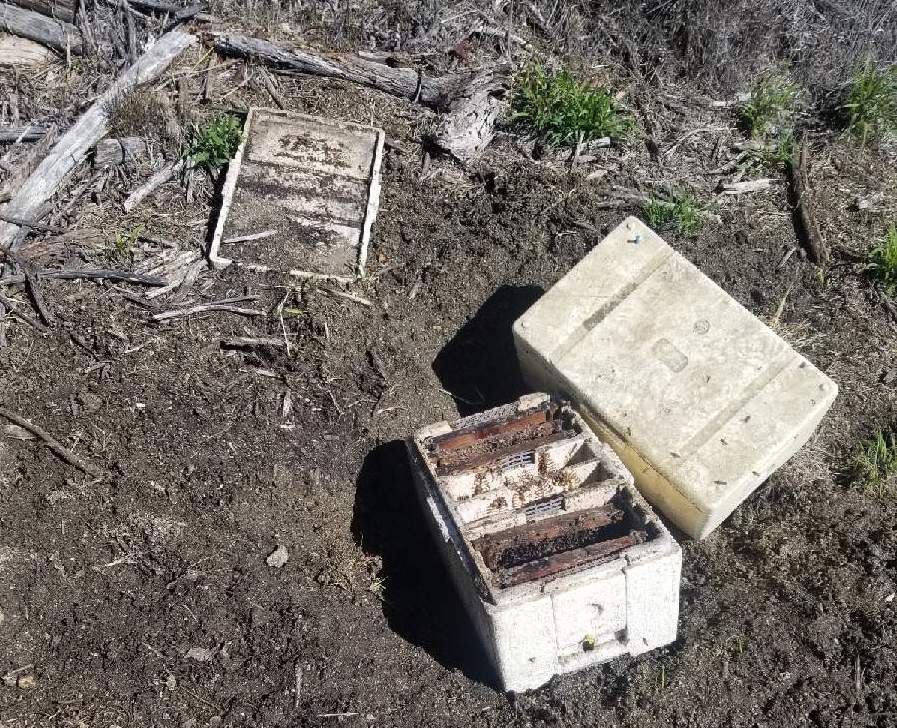How Much Honey Can A Beehive Produce?
Every bee season eventually reaches a peak when honey production hits its stride and the bees are bringing in the maximum amount of nectar each day. This is referred to as the honey flow, and it is what most beekeepers live for.
When things are going right, a beehive’s worker bees are putting in long hours foraging, and the house bees are drying nectar as fast as the foragers can bring it in. A single worker bee can visit over a thousand flowers a day. Multiply that by thousands of workers, and we are talking about a lot of nectar!
What does it take to reach this kind of honey production? Well, more than a few variables have to fall into place. To reach peak honey production a beehive typically needs:
– A high concentration of honey-producing flowers nearby, such as clover, buckwheat or alfalfa
– Above average rainfall in the rainy season prior to the bloom (this makes the flowers rich with nectar)
– A strong, healthy hive, booming with healthy bees and a large population
– Plenty of space to store all the surplus honey
– Sunny and warm weather (this enables the flowers to secrete nectar at a maximum), and
– Plenty of daylight for the bees to fly; from sunup to sundown
A typical beehive in the United States can produce anywhere from 10 to 200 pounds of honey in a year. That is an unbelievably large range, which indicates just how critical these variables are in order for a beehive to reach peak honey production.
If all is going well, how much honey can a beehive produce in a single day? At Wildflower Meadows, we have seen beehives fill an entire deep super of buckwheat honey in less than a week. That’s about 10 pounds of honey per day! Of course, this happens only once in a while, when all of the above conditions fall into place. More often than not, here in Southern California, we run into years of drought that greatly distress our native honey-producing plants. However, when everything is going just right, producing honey can feel a lot like hitting the lottery!

